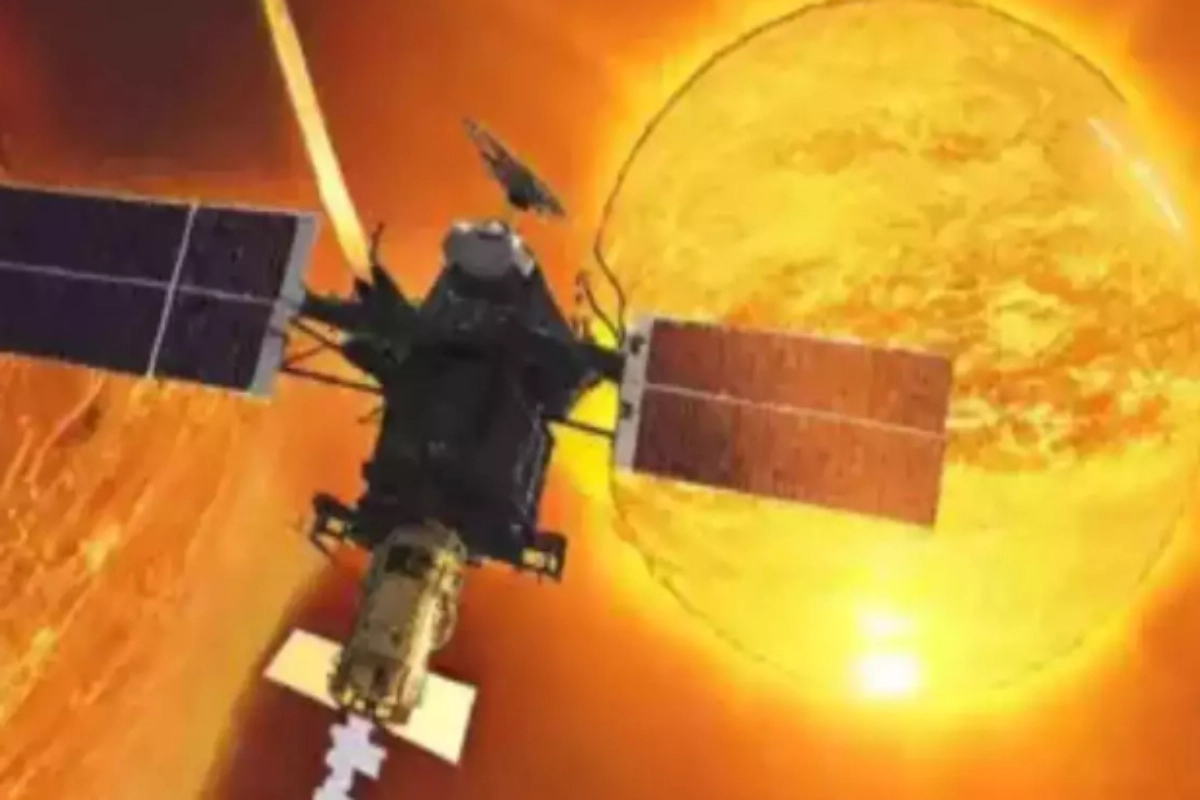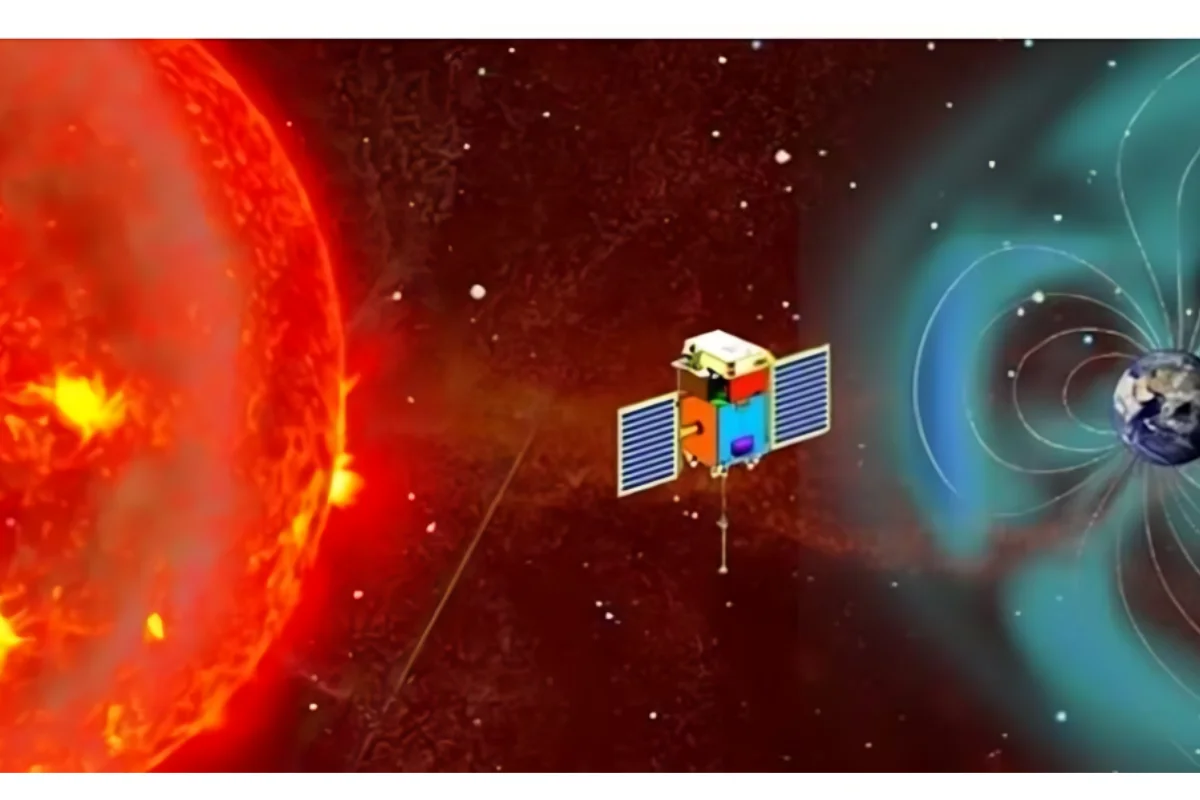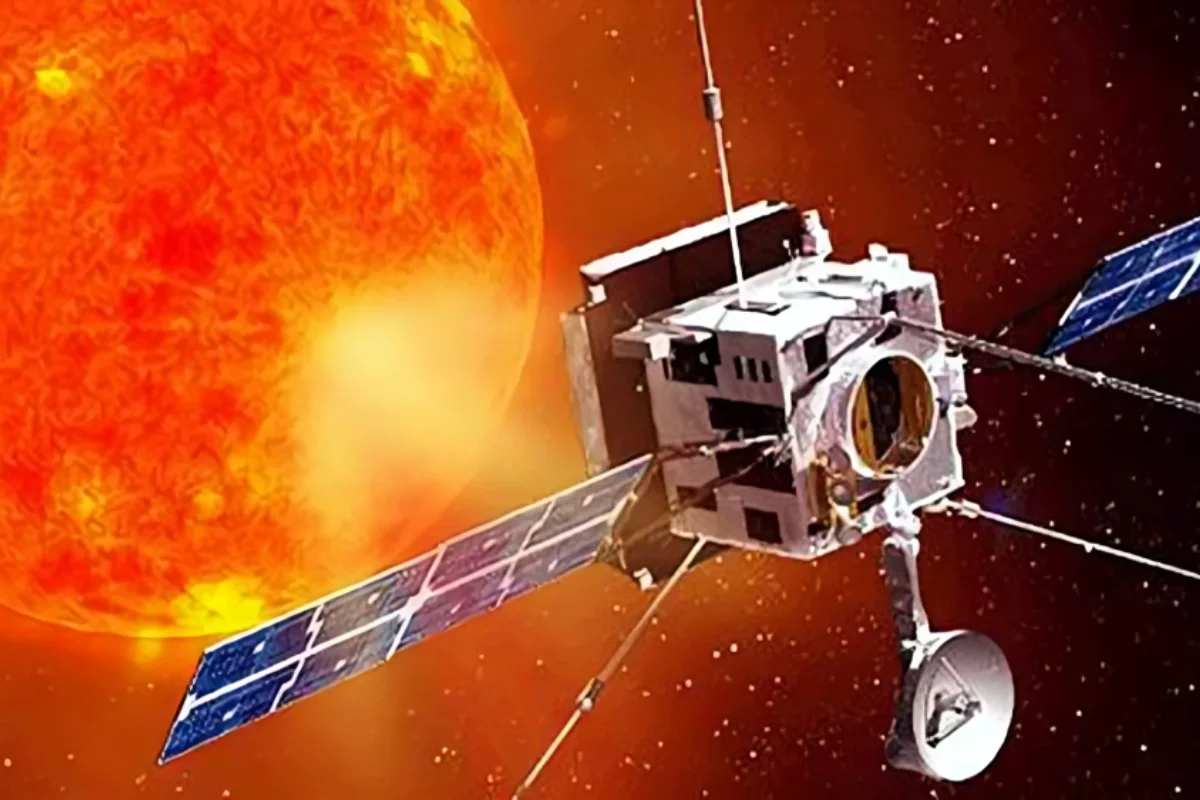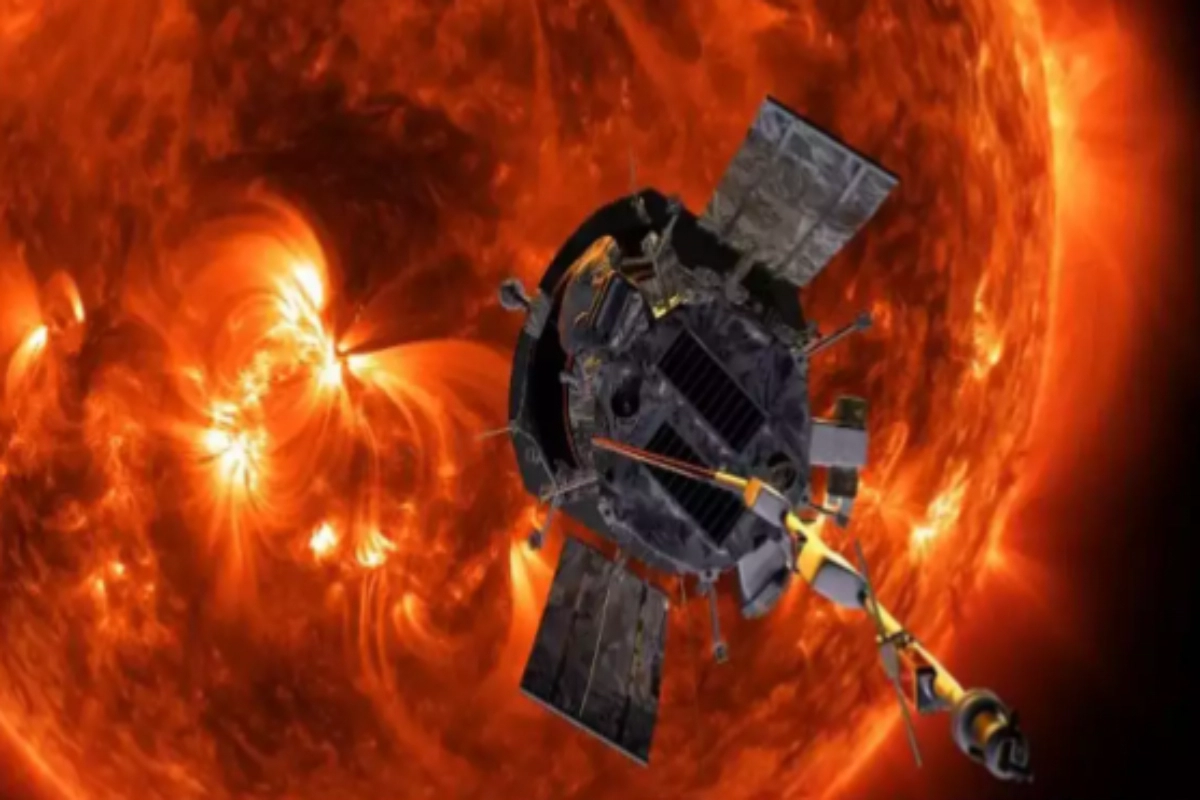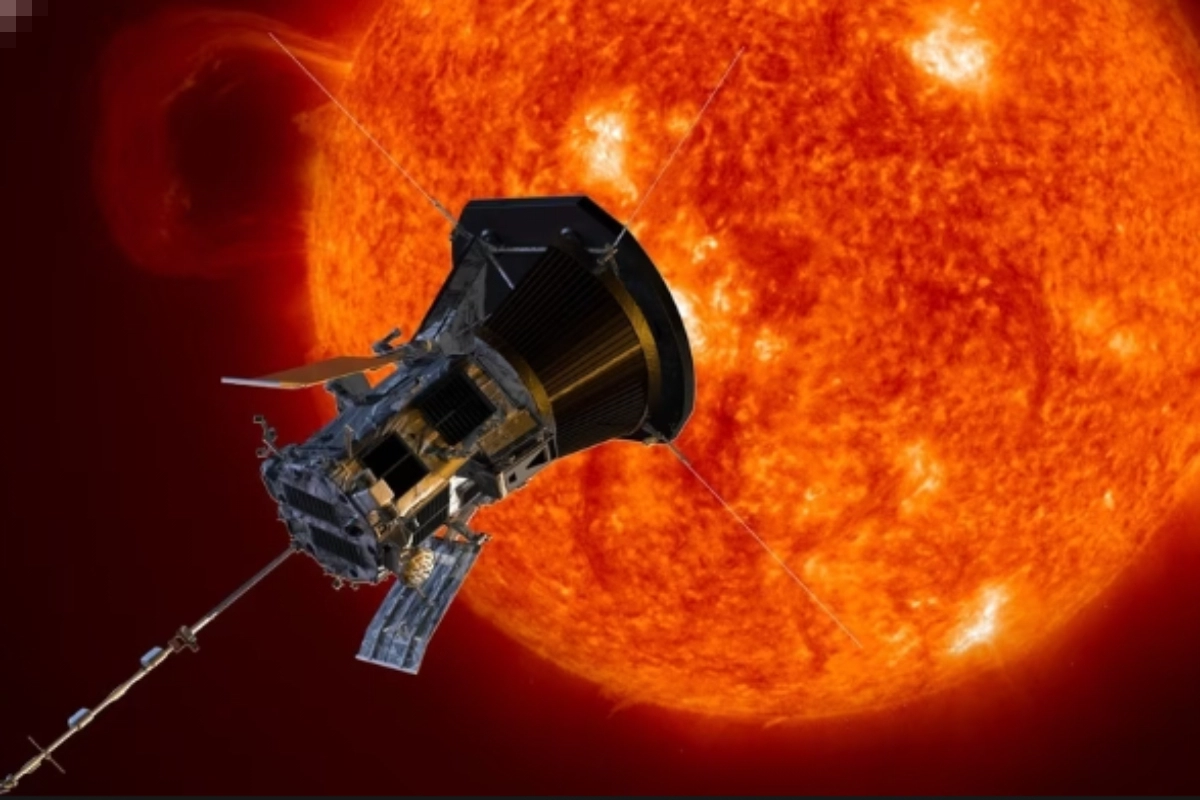Aditya L1: On Saturday, the Polar Satellite Launch Vehicle (PSLV) rocket from the Satish Dhawan Space Centre SHAR in Sriharikota, Andhra Pradesh, launched Aditya L1, India’s first solar mission. The Aditya L1 mission is anticipated to take four months to complete its whole voyage from launch to landing, according to the Indian Space Research Organisation (ISRO).
The route to the L1 point of the Sun-Earth system is broken down below
- Launch: The Satish Dhawan Space Centre SHAR (SDSC-SHAR), Sriharikota will serve as the launch site for the Aditya L1 mission using an ISRO PSLV XL rocket.
- Initial Orbit: A Low Earth Orbit will be used for the spacecraft’s initial orbit.
- Elliptical Orbit: After that, the orbit will be changed to make it more elliptical.
- Exit from the Earth’s Gravitational Sphere of Influence (SOI): The spaceship will use its internal propulsion to go towards the L1 point. The spaceship will leave the gravitational Sphere of Influence of Earth as it travels towards the Lagrange point.
- Cruise Phase: The mission’s cruise phase will start once the spacecraft has departed Earth’s SOI.
- Halo Orbit: The spacecraft will afterwards be launched into a sizable halo orbit near the Lagrange point (L1).
Launch of Aditya-L1; What took place today?
- Event 1: Launch of Rocket Core Technology (RCT)
Time:- three seconds
- Event 2: Ignition of Payload Stage 1 (PS1)
Time:- 0 milliseconds
- Event 3: Ground-lit ignition of the Payload Separation Ordnance Module Extra Large (PSOM XL) 1, 2
Time:- 0.42 seconds
- Event 4: Ground-Lit Ignition of Payload Separation Ordnance Module Extra Large (PSOM XL) 3, 4, and 5.
Time:- 0.62 seconds
- Event 5: Ignition of the Payload Separation Ordnance Module Extra Large (PSOM XL) 5, 6, and 7
Time:- 25 seconds
- Event 6: Separation of the Extra Large (PSOM XL) 1, 2 (Ground-Lit) Payload Ordnance Module
Time:- 69.9 second
- Event 7: Separation of the Payload Separation Ordnance Module Extra Large (PSOM XL) 3, 4, and Ground-Lit
Time:- 70.1 seconds
- Event 8: Extra Large (PSOM XL) 5, 6 (Air-Lit) Payload Separation Ordnance Module Separation
Time:- 92 seconds
- Event 9: Payload Stage 1 (PS1) Separation
Time:- 109.40 sec.
- Event 10: Ignition of the Payload Stage 2 (PS2)
Time:- 109.60 seconds
To be achieved
- Event 11: Start of Control Logic and Guidance (CLG)
Time:- 114.60 sec.
- Event 12: Separation of the Payload Fairing (PLF)
Time:- 204.40 seconds
- Event 13: Separation of the Payload Stage 2 (PS2)
Time:- 262.38 seconds
- Event 14: Ignition of Payload Stage 3 (PS3)
Time:- 263.58 seconds
- Event 15: Payload Stage 3 (PS3) Separation
Time:- 581.42 seconds
- Event 16: Burn-1 Ignition of Payload Stage 4 (PS4)
Time:- 1493.52 second
- Event 17: Burn-1 Cut-off for Payload Stage 4 (PS4)
Time:- 1523.38 sec.
- Event 18: Burn-2 Ignition of Payload Stage 4 (PS4)
Time:- 3127.52 second
- Event 19: Cut-off for Payload Stage 4 (PS4) Burn-2
Time:- 3599.52 seconds
- Event 20: Aditya-L1 Separation
- Time:- 3799. 52 seconds
- Event 21: Passivation of Monomethylhydrazine (MON) commences
Time:- 404.25 seconds
- Event 22: Beginning of the monomethylhydrazine (MMH) passivation
Time:- 4382.52 seconds
Which stages in Aditya L1’s journey is crucial?
Syed Ahmed, a former ISRO NASA scientist who currently works at XDLINX labs in Hyderabad, claims that despite the PSLV’s strong track record of 37 straight successful launches, the Aditya L1 mission offers special difficulties. This complexity results from the four-step propulsion mechanism, which switches between solid and liquid phases and necessitates precise ignition and performance at every level. “Any misfire or failure to ignite would take it straight down into Bay of Bengal,” he told HT. Unlike Chandrayaan, where one used the Earth as a slingshot and was later captured by the Moon, we can’t do that here because it will orbit an empty point and won’t be pulled by anything there, according to Somak Raychaudhury, a renowned astrophysicist who is currently vice-chancellor at Ashoka University. “So the critical stages will be when it will leave the Earth’s orbit and when it will go around, reach the Lagrangian point and be put into the L1 point’s orbit,” he told HT. According to Syed, the mission’s last stage begins about 100 days into the trip and lasts for about 1.5 million kilometres, or almost four times the distance between Earth and the Moon. The Liquid Apogee Motor (LAM) needs to fire precisely at this point in order to place the spacecraft into its intended halo orbit around the Lagrangian point.
Keep watching our YouTube Channel ‘DNP INDIA’. Also, please subscribe and follow us on FACEBOOK, INSTAGRAM, and TWITTER.



